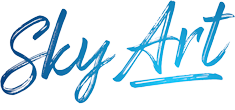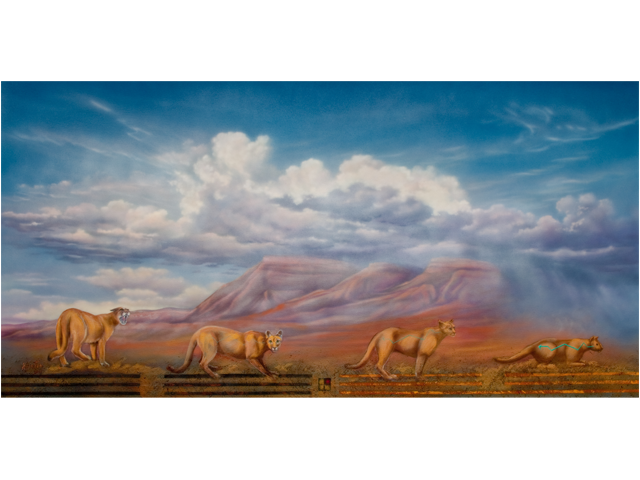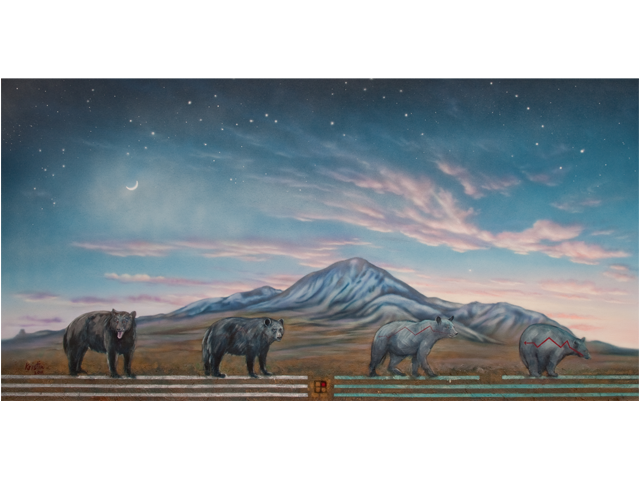Description
The I Chiang trigrams along the bottom of the coyote painting symbolize Wind and Water. Paired up, with Water at the bottom and Wind at the top, these two trigrams create the 59th hexagram, Dispersion.
Since Monument Valley has been carved out of the earth by the action of both water and wind, this landform felt like the best way to express Wind over Water. The sky is a calming blue, as it appears most often today in this region.
The coyote ranges all over the Four Corners area; the four representations of this animal, from left to right, show transition from reality to the symbolic manifestation of The Trickster, as the coyote is known in Native American mythology. That the arrow within The Trickster points forward, instead of to the rear as true fetishes do, reveals how the coyote is tricking time.
As in all these paintings, the four- cornered square at the bottom middle of the lower I Ching design symbolizes the Four Corners area while the red dot in the upper left of the square indicates that this scene is in Utah.
